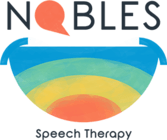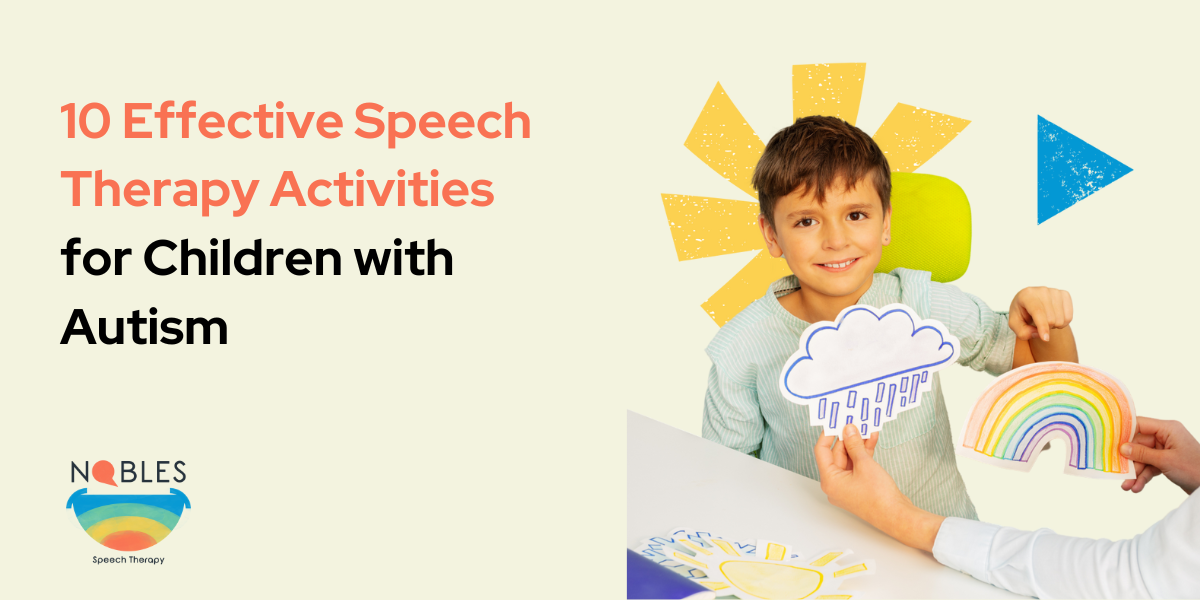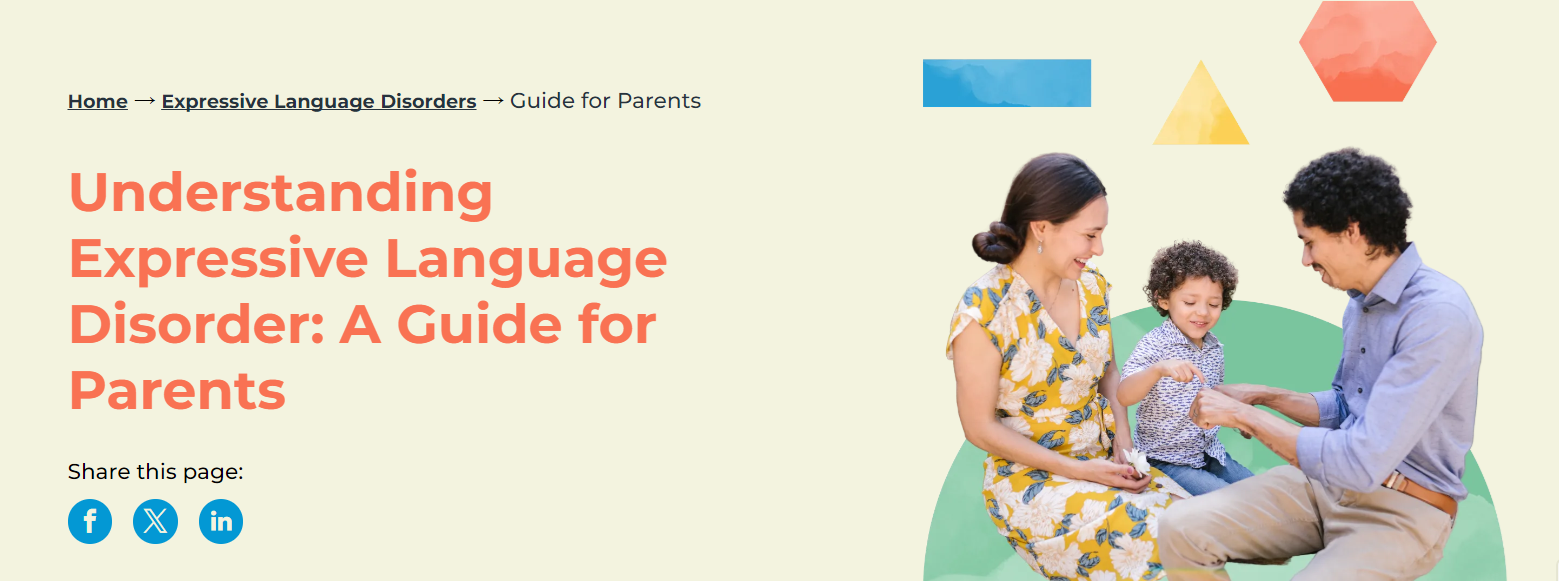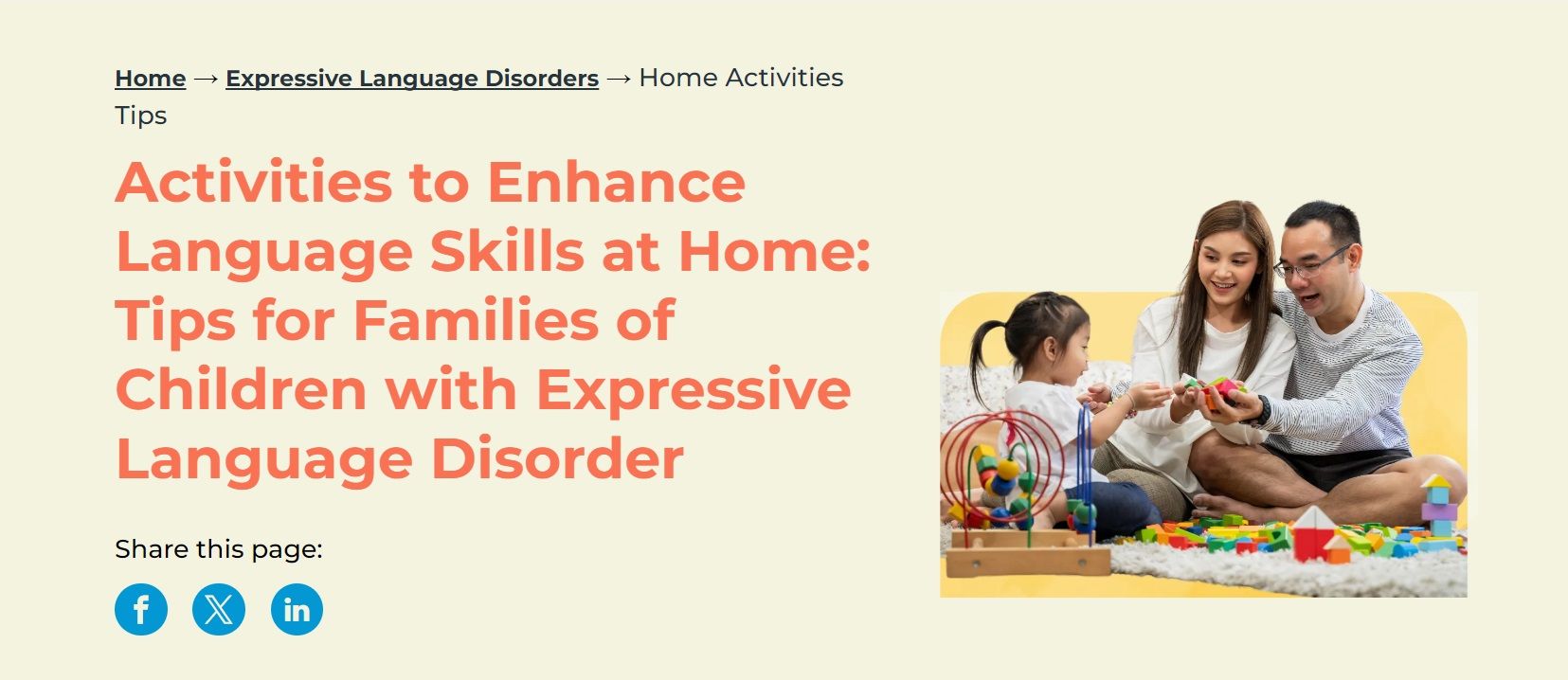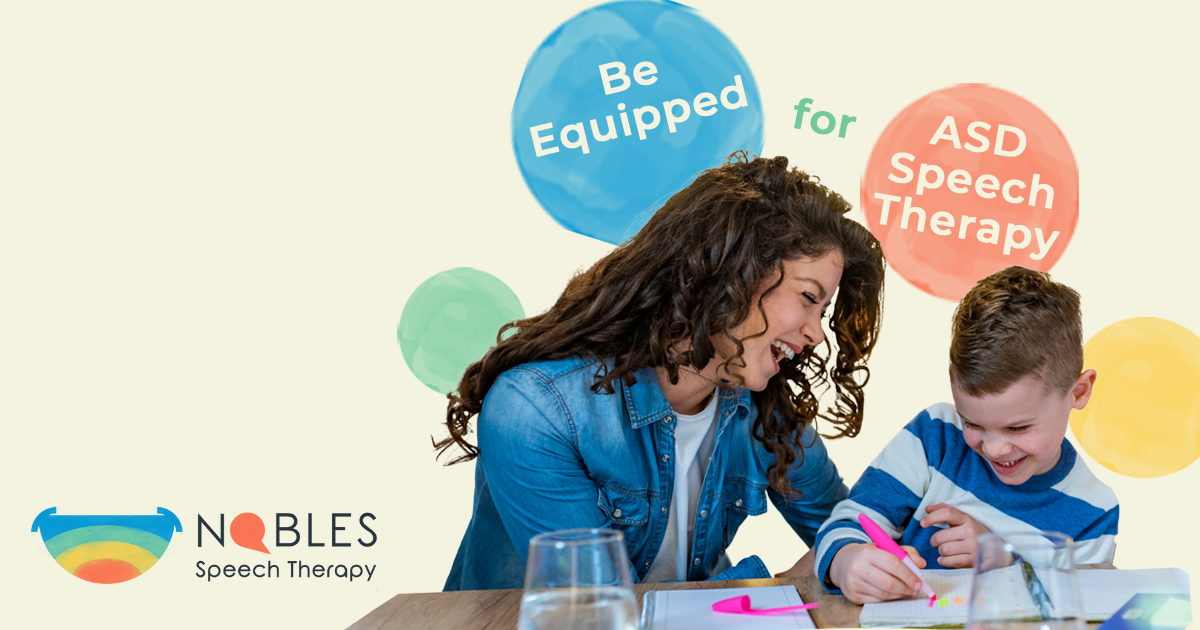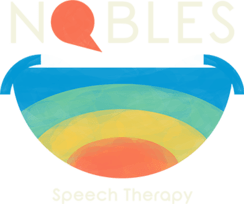Share this page:

Article At a Glance
- PROMPT Therapy Overview: A tactile-based speech therapy for autism that uses physical prompts to guide speech movements.
- Benefits: Helps children develop motor skills for clearer speech and improves communication confidence.
- Personalized Approach: PROMPT is tailored to each child’s unique speech needs, offering individual guidance on difficult sounds.
- Key Strategies: The therapy involves assessment, tactile cues, practice, and gradual reduction of physical prompts.
- Consider PROMPT: It’s effective for children with motor planning issues, non-verbal or minimally verbal children, and those not progressing with traditional therapy.
Empowering Communication for Children with Autism: How PROMPT Therapy Can Help
The journey of finding the right speech therapy for a child with autism is deeply personal. Each child has unique challenges, and it’s essential to choose the right tools to empower them. PROMPT therapy is one such tool that’s gaining attention for its ability to address communication challenges through tactile engagement. This blog explores what PROMPT therapy is, the key benefits for children with autism, and how it can potentially transform your child’s ability to communicate.

What Is PROMPT Therapy?
PROMPT (Prompts for Restructuring Oral Muscular Phonetic Targets) therapy is a specialized speech therapy technique designed to help children with speech delays or disorders, including those with autism. PROMPT therapy for autism focuses on developing oral motor skills by using tactile prompts. These prompts are physical cues provided by the therapist, guiding the child’s jaw, lips, and tongue movements to produce specific sounds and words.
Benefits of PROMPT Therapy for Autism
Targeted Motor Skills Development:
PROMPT helps children with autism develop the motor skills needed to control jaw, lip, and tongue movements for clearer speech.
Improved Communication Confidence:
By improving speech production, PROMPT therapy can boost confidence in children, helping them engage better in social situations.
Personalized Approach:
PROMPT therapy is individualized, meaning the therapist adapts tactile prompts to meet your child’s specific needs, focusing on their most challenging speech sounds.
How Does PROMPT Therapy Work?

Assessment
The therapist assesses your child’s speech and motor abilities.

Repetition and Practice
Your child practices these movements, building stronger motor pathways over time.

Tactile Cues
The therapist uses hands-on cues to guide your child’s oral movements to produce the correct sounds.
Progress Tracking
As your child improves, the therapist adjusts and reduces physical prompts.

Is PROMPT Therapy Right for Your Child?
Consider PROMPT therapy if your child:
- Struggles with motor planning or coordination, which affects speech clarity.
- Has made limited progress with traditional speech therapy methods.
- Is non-verbal or minimally verbal, as PROMPT can help them become more aware of oral movements.
- Needs a highly personalized approach that adapts to their specific strengths and challenges.
Autism Speech Development Strategies with PROMPT Therapy
PROMPT therapy also supports your child’s social communication and non-verbal skills:
- Building Social Communication: As speech improves, so does your child’s ability to engage in conversations.
- Improving Non-Verbal Communication: PROMPT helps children become more aware of facial expressions and body language.
- Supporting Speech Development in Everyday Life: You can practice
PROMPT techniques at home, reinforcing skills learned during therapy.

Is PROMPT Therapy the Right Choice?
PROMPT therapy offers a hands-on, effective approach to speech development in children with autism. By focusing on motor movements and tactile feedback, it can help children produce sounds more confidently and communicate more clearly.
Explore Comprehensive Speech Therapy Options for Autism
PROMPT therapy is just one of the many specialized techniques we offer. To learn more about how our therapy services can help children with autism, visit our Speech Therapy for Autism page and discover the right fit for your child's unique needs.
Share this page:

